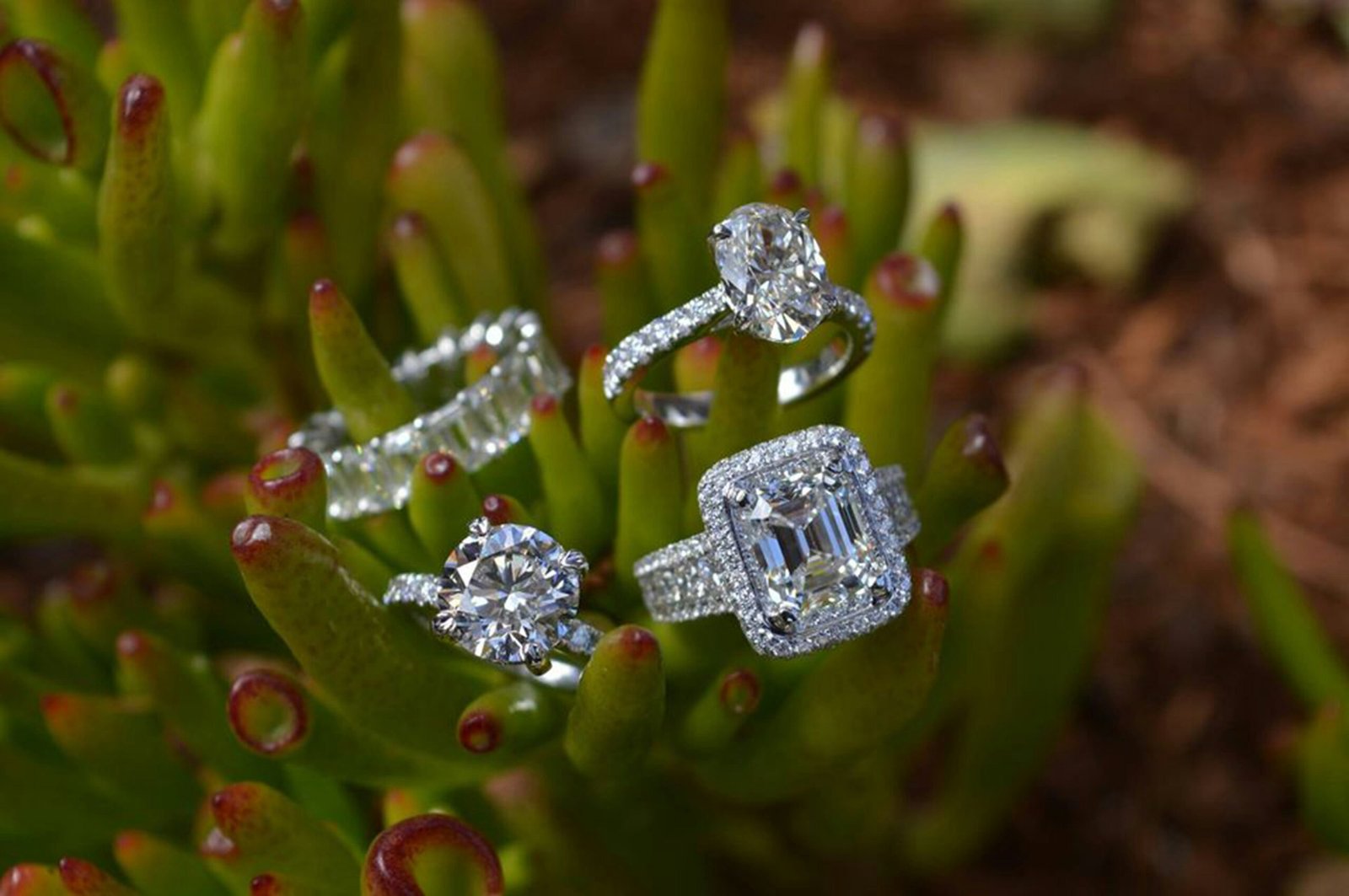Introduction to Lab-Grown Diamonds
Lab-grown diamonds have gained significant traction in the jewelry market over the past few years. They offer an alternative to natural, mined diamonds, presenting benefits such as lower cost and reduced environmental impact. This article explores the process of creating lab-grown diamonds, their environmental implications, market trends, and historical context.
What Are Lab-Grown Diamonds?
Lab-grown diamonds, also known as synthetic diamonds, are created in laboratories using advanced technological processes that replicate the conditions under which natural diamonds form in the earth. They are chemically, physically, and optically identical to natural diamonds, making them indistinguishable to the naked eye and requiring specialized equipment for identification.
How Are Lab-Grown Diamonds Made?
There are two primary methods for creating lab-grown diamonds:
High-Pressure High-Temperature (HPHT): This method mimics the natural formation of diamonds by applying high pressure and high temperature to carbon. A diamond seed is placed in a press where temperatures exceed 2000 degrees Fahrenheit and pressures surpass 1.5 million pounds per square inch. Carbon atoms precipitate onto the diamond seed, gradually forming a diamond crystal.
Chemical Vapor Deposition (CVD): CVD involves placing a diamond seed in a vacuum chamber filled with a carbon-rich gas. The chamber is heated, and a microwave beam causes the carbon atoms to precipitate onto the seed, forming a diamond layer by layer. This method allows for more control over the diamond’s properties and can produce larger, high-quality diamonds.

Environmental Impact
Lab-grown diamonds are often touted as a more environmentally friendly option compared to mined diamonds. The traditional diamond mining process is notorious for its environmental degradation, including habitat destruction, water pollution, and significant carbon emissions. In contrast, lab-grown diamonds eliminate the need for large-scale mining operations and their associated environmental impact.
Despite being greener than mined diamonds, lab-grown diamonds still have an environmental footprint. The energy required to maintain the high temperatures and pressures in HPHT or the vacuum and microwave systems in CVD is substantial. However, the overall carbon footprint of lab-grown diamonds remains significantly lower than that of mined diamonds.
Market Trends and Valuation
Lab-grown diamonds are typically less expensive than their natural counterparts, primarily due to the controlled production environment and lower production costs. However, as technology advances and production becomes more efficient, the price gap between lab-grown and natural diamonds may narrow. The market value of lab-grown diamonds is influenced by their quality, size, and the costs of production technologies.
Consumer acceptance of lab-grown diamonds has been growing, especially among environmentally conscious buyers and those looking for more affordable options. The ethical appeal, coupled with the lower cost, makes lab-grown diamonds an attractive alternative for many consumers.
Historical Context and Future Outlook
The concept of lab-grown diamonds is not new. Experiments in synthesizing diamonds date back to the 1950s, but it is only in recent decades that the technology has advanced sufficiently to produce gem-quality diamonds on a commercial scale. These advancements have made lab-grown diamonds a viable and popular choice in the jewelry market.
As technology continues to improve, the production of lab-grown diamonds is expected to become more efficient and cost-effective. This could lead to greater market penetration and possibly challenge the dominance of natural diamonds. Additionally, ongoing research into reducing the environmental impact of lab-grown diamonds may further enhance their appeal to eco-conscious consumers.
Conclusion
Lab-grown diamonds represent a significant technological advancement in the jewelry industry. They offer a sustainable and cost-effective alternative to natural diamonds, appealing to a broad range of consumers. As the industry continues to evolve, lab-grown diamonds are poised to play an increasingly important role in the global diamond market.



